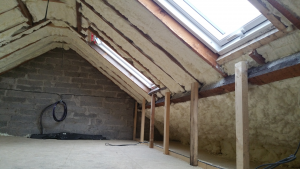Attic Spray Foam Insulation Carnew
3 Bed Semi Attic Insulation Carnew
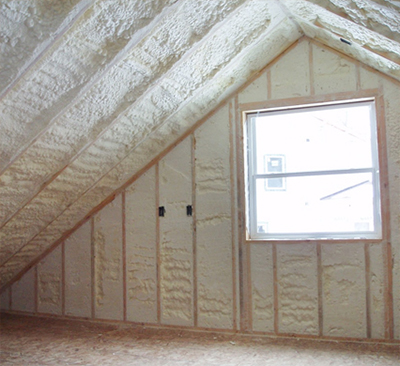
Attic Insulation Carnew
Spray foam is versatile and can be used for a wide variety of purposes. Spray foam is beneficial for roofs, windows or exterior walls.
Spray foam insulation can not only keep your house warm in winter, but it will also keep you cool in summer. It allows moisture-laden air, such as from the basement, to escape thanks to its structure and cell structure.
Benefits of Spray Foam Insulation for your home
Other applications include agricultural farm houses and commercial andindustrial buildings, sheds and shipping containers.
It also creates a shield around your house that keeps out the rain and cold wind. This is a major disadvantage over other insulation products currently on the market, as it allows heat to escape from your home.
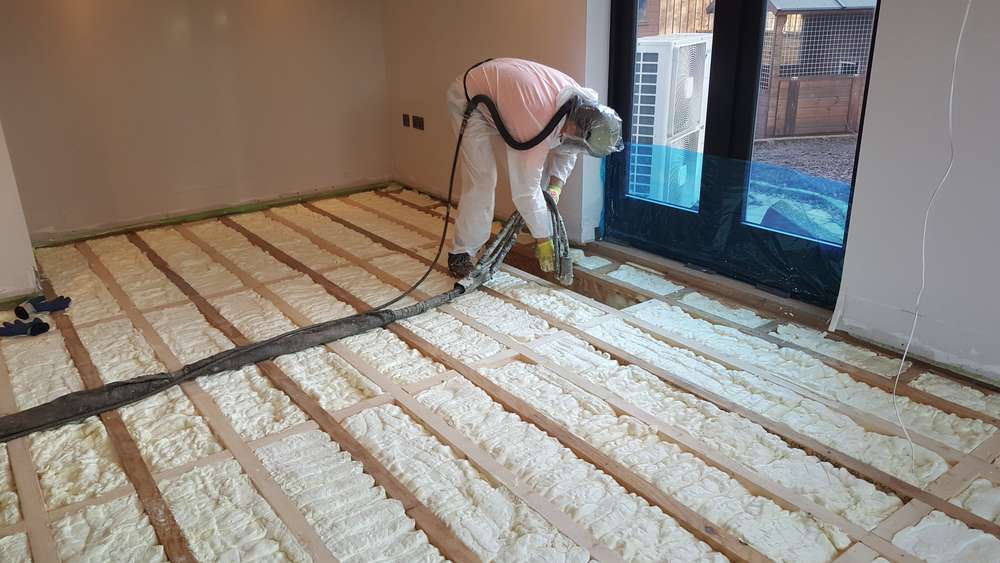
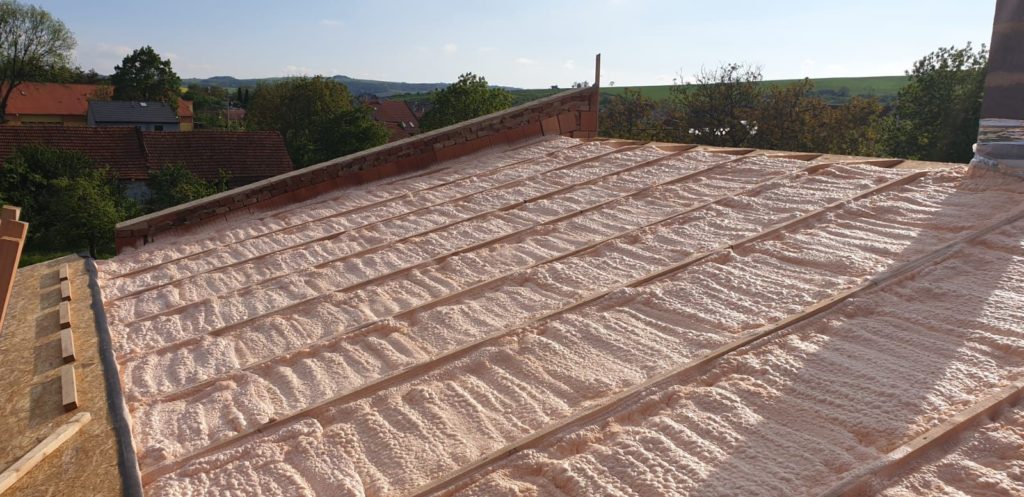
Cost Price Of Spray Foam Insulation
Spray foam insulation has proven to be the most effective insulation material on the market today. It has a higher U value than other insulating materials such as rock wool, fiberglass and cellulose.
Spray foam insulation also works well as an sound barrier. This reduces outside noise in the home. It is a great advantage if a company or home is in a densely populated area or close to an airport.
Insulate Your Carnew Property Properly
It is often used to reduce sound travel from one room to another or between floors within the walls. It is ideal for bathroom walls as noises from the toilet and showers can often be irritating.
It is easy to use and does not cause any disruptions to your daily activities.
In just one day, you can insulate an Irish home.
Encasing the pipes and insulation reduces noise coming from under-floor or in-wall piping.
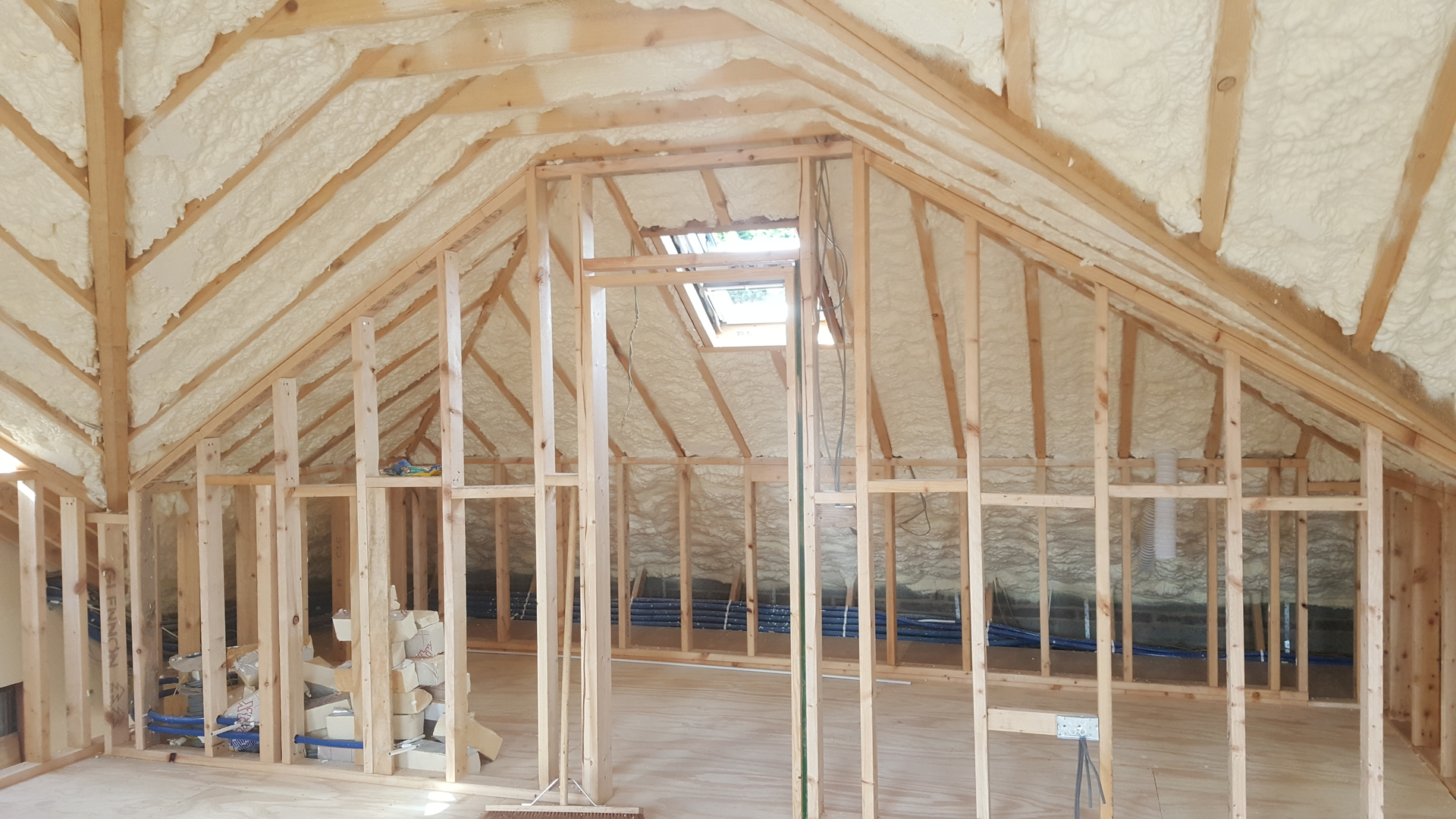
Plan to store things in your loft or attic, so you’ll need to put boards on top of the joists. Insulation will not be thick enough if you insulate only between the joists.
It dramatically reduces sound transference when used within walls and attics, roofs, floors and roofs. This is in contrast to fibreglass and rock wool as well as polystyrene and polystyreneboards. The dense composition of the material and the application process result in a completely airtight enclosure. It keeps out sounds from the environment like traffic, pedestrianised streets and homes near airports.
It also blocks sounds from a structure’s walls from reaching other floors, including the floors below. Spray foam insulation could reduce the amount of noises generated by structures such as running showers or washing machines.
Spray foam insulation is flexible but densely packed with millions if minute air bubbles. This will absorb vibrations from the floor as well as the sound waves. Spray foam insulation reduces airborne noise transmission by sealing all cracks and crevices.
Spray foam insulation can also dampen, if not completely eliminate, sounds from floors such as water moving through pipes. It completely surrounds the pipes, keeping them in place and preventing them from rattling. It also eliminates any sounds caused by hot water flowing from the heating system heating the wooded joints. They expand, creak or groan.
It also stops heat escaping from the upper floors. Lower floors become cooler which, in turn, requires more heat. Upper floors then become too hot.
If the loft has no condensation or damp problems and is easily accessible, insulation will be very easy.
Uninsulated homes let 25% of their heat go through the roof. Insulating your loft or attic is a great way to cut heat loss and save money on heating.
You can use mineral wool insulation rolls if you have easy access and your loft joists remain regular. The insulation is first laid between horizontal beams called joists. Once that layer has been laid, another layer of mineral wool insulation is added at right angles.
To ensure sufficient insulation, raise the floor height so that you can place enough mineral wool below the new floor. You can install timber battens on the floor joists. Or, you can use purpose-built legs made of plastic that fit on the leg and support the floor. You should leave enough air space between insulation layers and boards to prevent condensation.
When you attach the boards to the board, make sure not to squash the mineral wool. This will lower its insulation.
Insulation prevents heat from escaping living spaces. It will make loft space more comfortable and less humid. This could lead to dampening or worsening existing condensation or damp problems. Consider increasing ventilation if you’re installing loft insulation by yourself.
You can also insulate the loft by fitting insulation between the rafters. These are the sloping timbers that form the roof. You can either use rigid insulation boards which are cut precisely to fit your loft, or spray foam insulation between the roof rafters.
Some companies might offer to repair your roof if it is damaged or leaky. They will spray foam insulation directly onto the roof’s underside without fixing the problem. We don’t recommend this. It is important to ensure that your roof remains dry before installing insulation.
If you plan to use your loft for heating, you’ll need to make a room in the roof.
You will need to insulate the loft walls and ceilings if you intend to use it as your living space.
For your home to remain fresh, dry, healthy and clean, it needs air flow. A professional installer will ensure that your house does not have any obstructions or seals. You should not cover vents, grilles, or airbricks when you are doing DIY insulation.
If the loft is not easy to access, a professional can install blown insulation. This specialist will use special equipment that can blow insulation into difficult spaces. They can use mineral wool fibre, treated with cellulose, or polyurethane.
Flat roof insulation may save you the same amount as loft insulation on your heating bills. The extent of the flat roof on your property will impact how much savings you receive.
If the loft is accessible, has no damp problems, and is not on a flat roof you can likely insulate it yourself. For those cases when damp is a problem or a more complex insulation system, professional installation should be done.
Cooler air could cause cold draughts to enter your loft hatch due to insulation. Install an insulated loft hatch to prevent cold draughts.
Insulating your ground floor can help you keep your home warm and reduce your carbon footprint.
Insulating a loft can be one of the best ways to lower your heating bills, save money on energy and keep your home warm during the winter. Even if the loft already has insulation in place, it is essential to use it at its best.
Loft floor rolls – These are the more traditional option. They are rolled along the loft’s floors. They are less difficult to lay than insulated boards. They come in both loose and encapsulated (blankets) rolls. These can be used to create base and top layers. To create a storage platform, they can be boarded using stilts.
These suggestions and recommended items aren’t included in this article’s list of materials or tools. It is important to make sure that you have all the information you need before you start insulation your loft floor.
While insulation may be present in most homes, it may not have the right level of effectiveness. This could be due either to storage boards being placed on top of it, or because the insulation has not been maintained for a long period. It is possible for loft floors to be as low as 25mm (deeper) in older properties.
Good news is that you don’t need to remove existing loft floor insulation. To reach the recommended level, simply add one or more layers to it. We will discuss how much to recommend in the next section.
The loft floor’s joist spacings will influence the width roll that you choose. This is because the insulation rolls between these joists. It is best to choose one that matches your joist spacing. This reduces the need for trimming.
The insulation’s thermal resistance. If you only want to lay loft rolls, there is an alternative method that measures the insulation thickness. For more information, see the section ‘How do I calculate the thickness of loft floor insulation?
Areas We Service
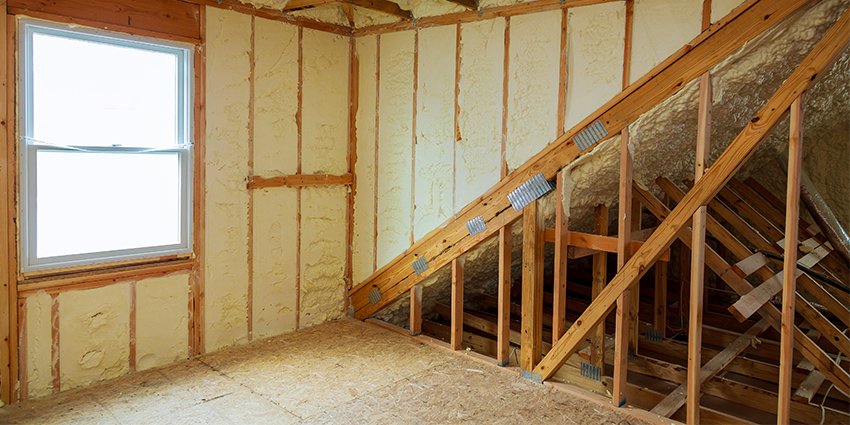

Parkhill, Dublin
01 5255297
